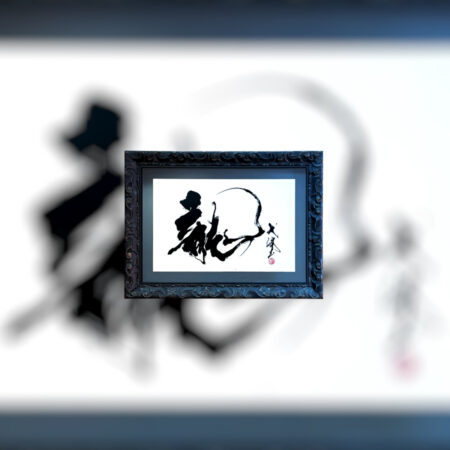Deisai is an underglaze decoration method in which the surface of clay pieces is decorated with mud mixed with pigments and/or metal (colored mud) before firing. Deisai is not a particularly rare method, nor is it particularly difficult. Nevertheless, the difficulty of the method increases with Ginko’s works because she overlaps an overwhelmingly higher number of colored mud layers. The decoration disintegrates when too many layers of colored mud are applied. Humidity control is crucial too. She must complete the underglaze as fast as she can while maintaining the humidity of the clay piece at a certain level. She says the key for success is to dry the clay pieces to just the right dryness. These steady efforts result in smooth three-dimensional designs that are clearly different from those of embossed works.
Ginko often goes to ballet performances, concerts, and kabuki performances. She creates works that reflect the inspiration she gets from feeling the light radiated by those performers.
Art
Distinct from relief carving, a soft texture of unevenness emerges.

Artist
Expressing the passion of a Shirabyoshi dancing beautifully
Ginko
A ceramic artist creating gorgeous, colorful works decorated with gold leaf, platinum leaf, and gold and platinum paints. She creates handbuilt ceramics and applies colors using mud of different colors (the deisai method). Creating works that are clearly distinct from other ceramists, she overlaps an overwhelmingly higher number of colored mud layers. The most characteristic feature of her works is the three-dimensional underglaze decoration. She expresses opposite things, with themes like women’s deep feelings, celebrations and curses, good and bad, and beauty in the ugly.

Art Style
Striving for the depth of gold and platinum colors sought after, the artist's obsession transcends into a unique form of art.
Ceramic Art
Ginko creates handbuilt ceramics. Without relying on machines, she kneads, molds, and shapes the clay with her own hands. She enjoys freely creating forms with the touch of her fingers. The surface of her works is decorated by fine line carving, followed by the application of underglaze using colored mud (the deisai method). The next step is firing. When applying the underglaze, she overlaps colored mud little by little using a brush, creating a “bumpy” surface. In this way, three-dimensional, raised designs are created by overlapping many layers of different colored mud. This three-dimensional underglaze decoration is the most characteristic feature of her works. After applying the underglaze, the work is fired. It is then glazed, and then fired again. Next, the work is decorated with matte gold and matte platinum (kindami decoration), and fired again. The work has been fired three times at this point, and in total, it is fired five times before its completion. Why does she fire the kindami decoration three times? It is because that is how she obtains the desired depth of the gold and platinum color. Ginko’s dedication to her works has elevated them to a unique artform.

Roots
浮き彫りとは異なる柔らかな凹凸が現れる
泥彩とは、素焼き前の素地表面に顔料や金属を混ぜ合せた泥(色泥土)にて彩色する、下絵の装飾技法である。泥彩という技法自体は然程珍しい技法ではなく、特に難しい技法ではない。しかし、吟子の作品は、色泥土を塗り重ねる回数が圧倒的に多く、泥彩の難易度が上昇する。色泥土を盛る加減を見誤るとはく離する。湿度管理が重要である。常に素地の湿度を一定に保ち、極力早く下絵の段階を仕上げねばならない。「程よく乾かす」ということが作品を成功させるポイントとなる。この地道な努力の積み重ねにより、浮き彫りとは異なる柔らかな凹凸が現れる。
バレエ、歌舞伎、音楽、ライブをよく見に行くという。その人が放っている光を感じ、インスピレーションを受け、作品に反映させている。



特集記事一覧
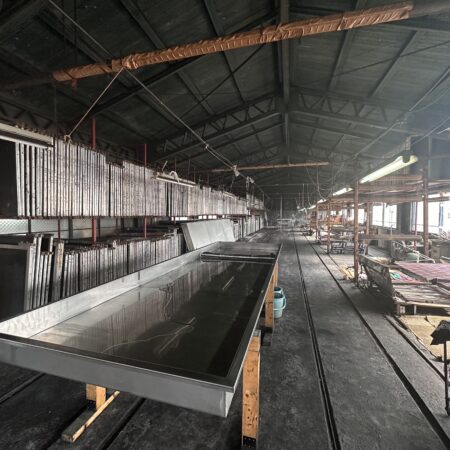
Connecting People and Tradition through Dyeing
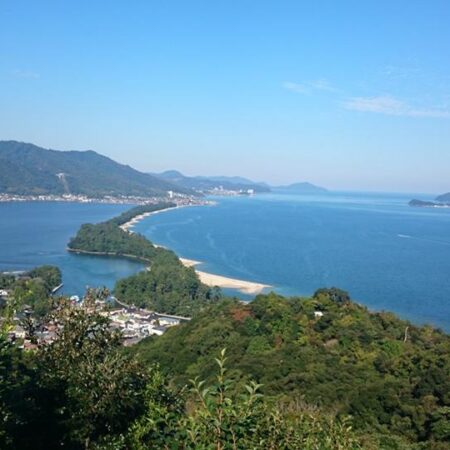
Exploring the Charms of Miyazu City, Kyoto Prefecture

A Hidden Gem of Otsuki City: Experience Guide to Enjoy with Mount Fuji

A Heartwarming Journey through a Treasure Trove of Nature and History

Experiencing History and Inherited Memories in Asuka Village

Discover! The Charm of Miki City
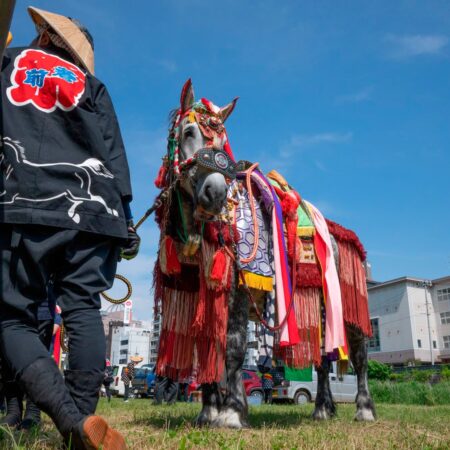
The Enchanting City of Morioka
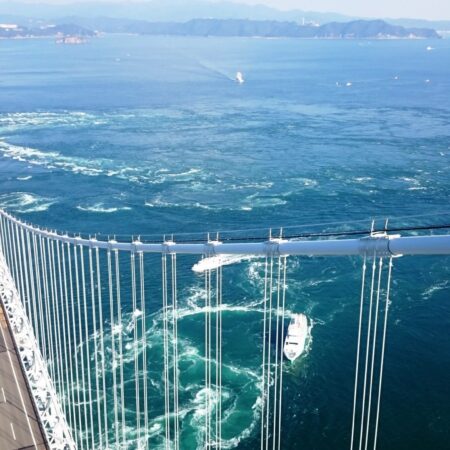
Discovered! Exciting in Tokushima and Naruto City


